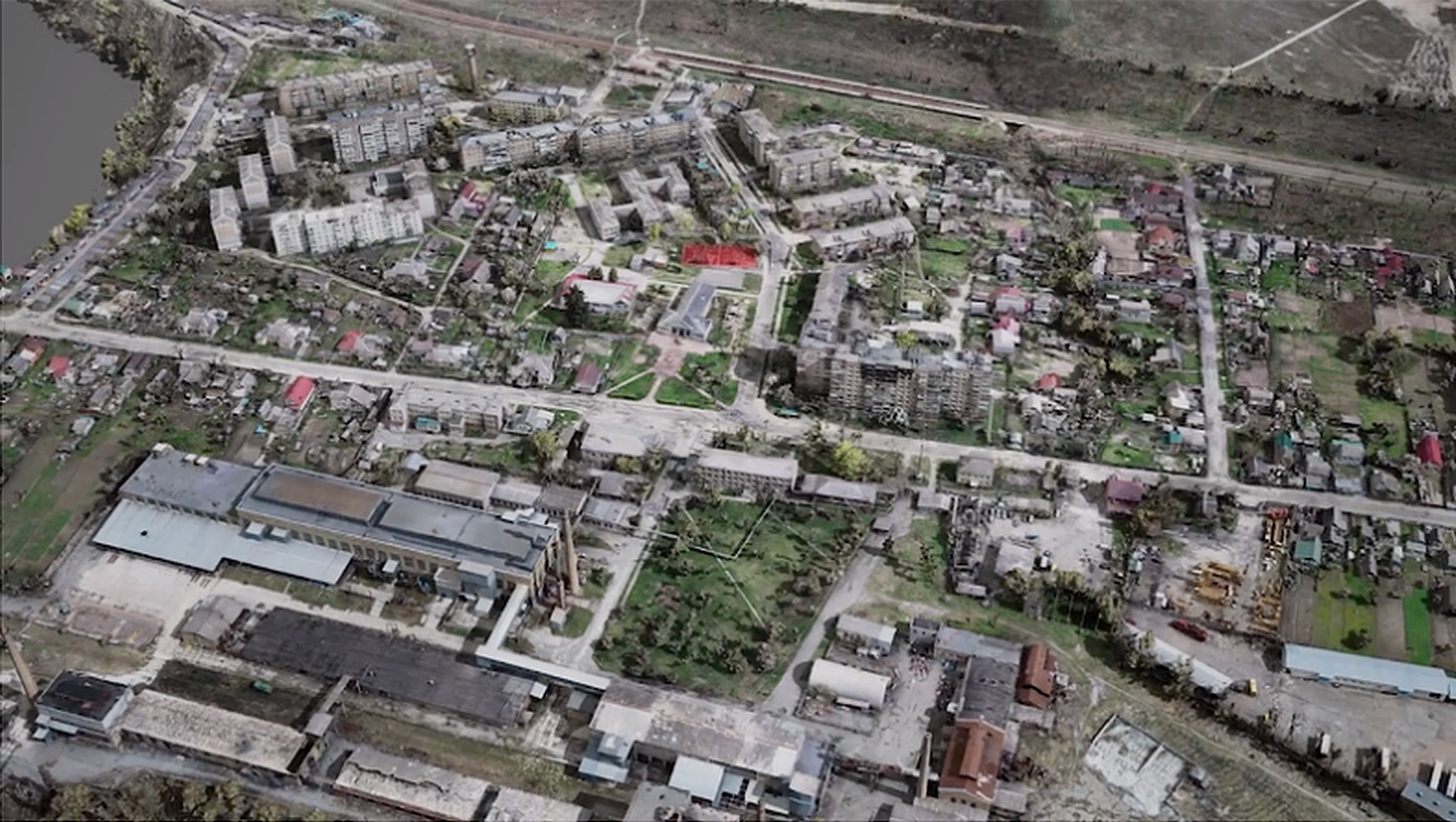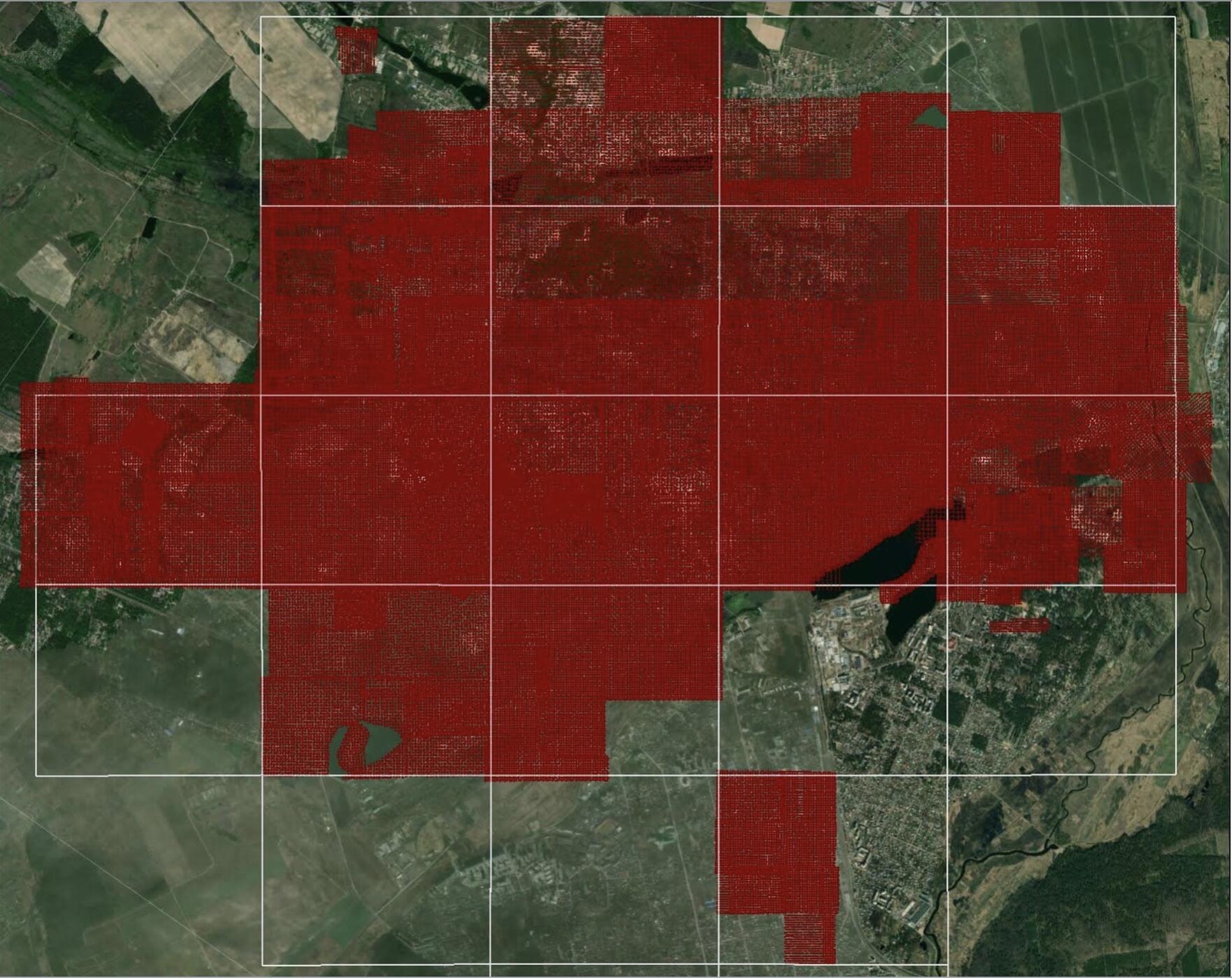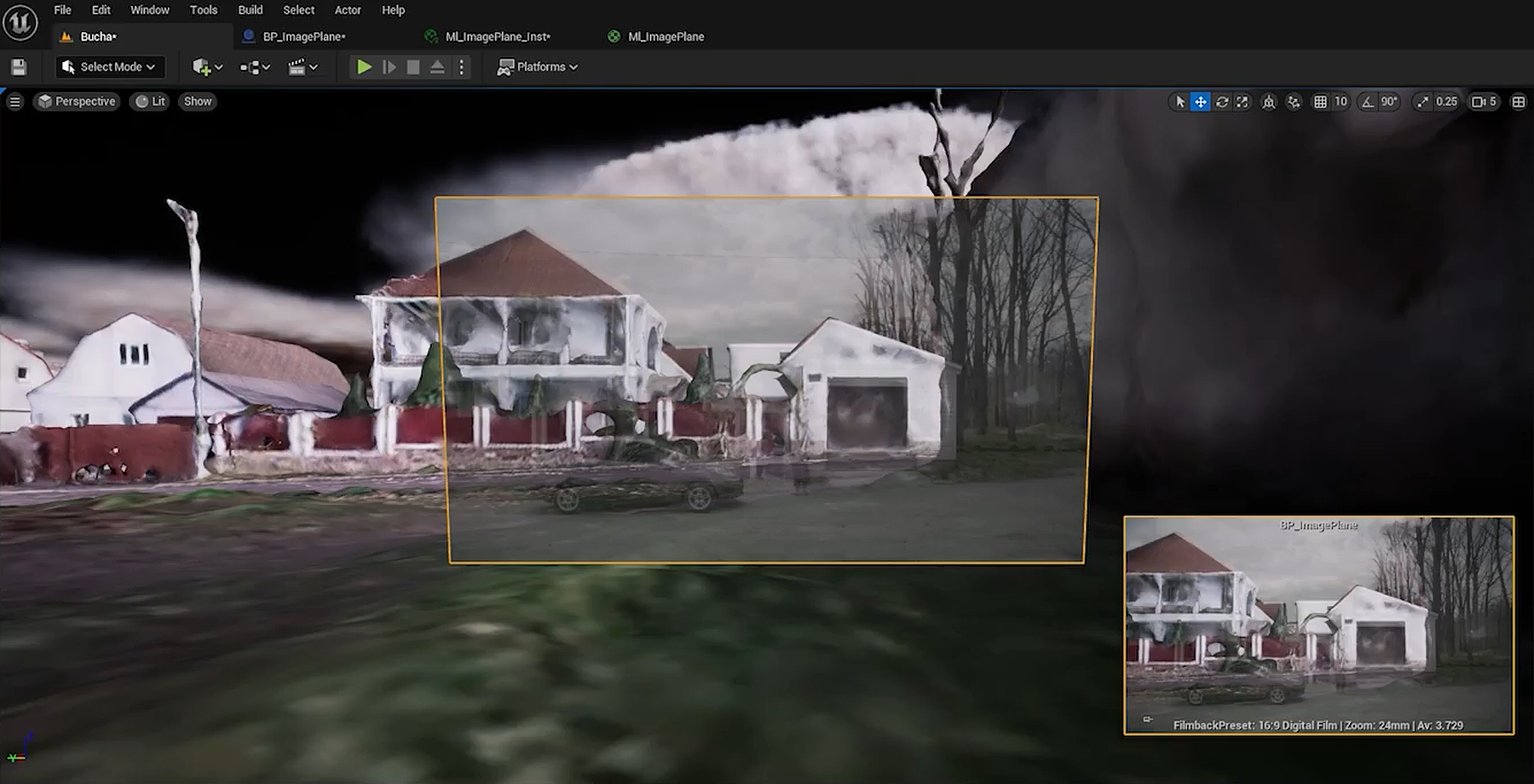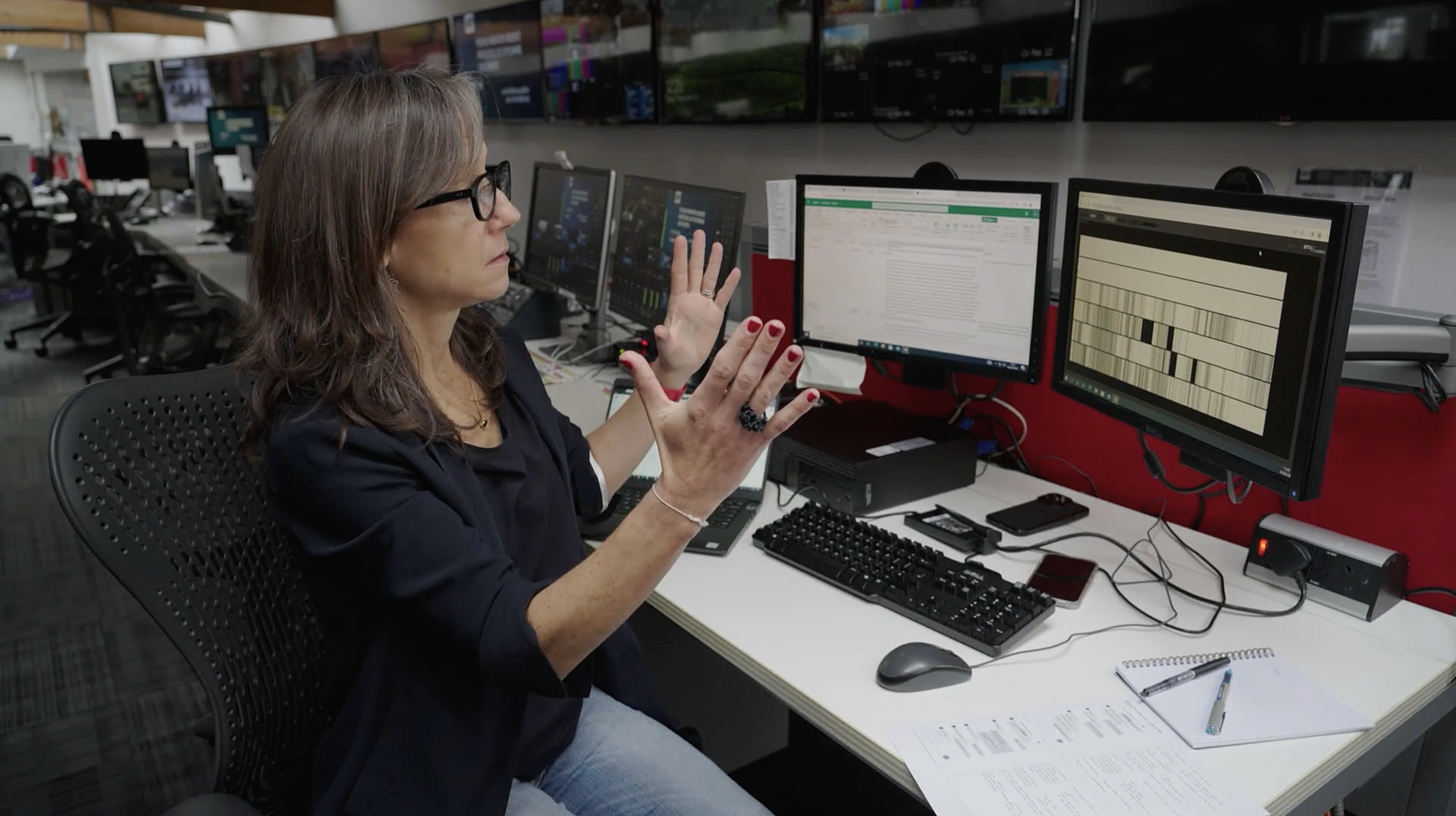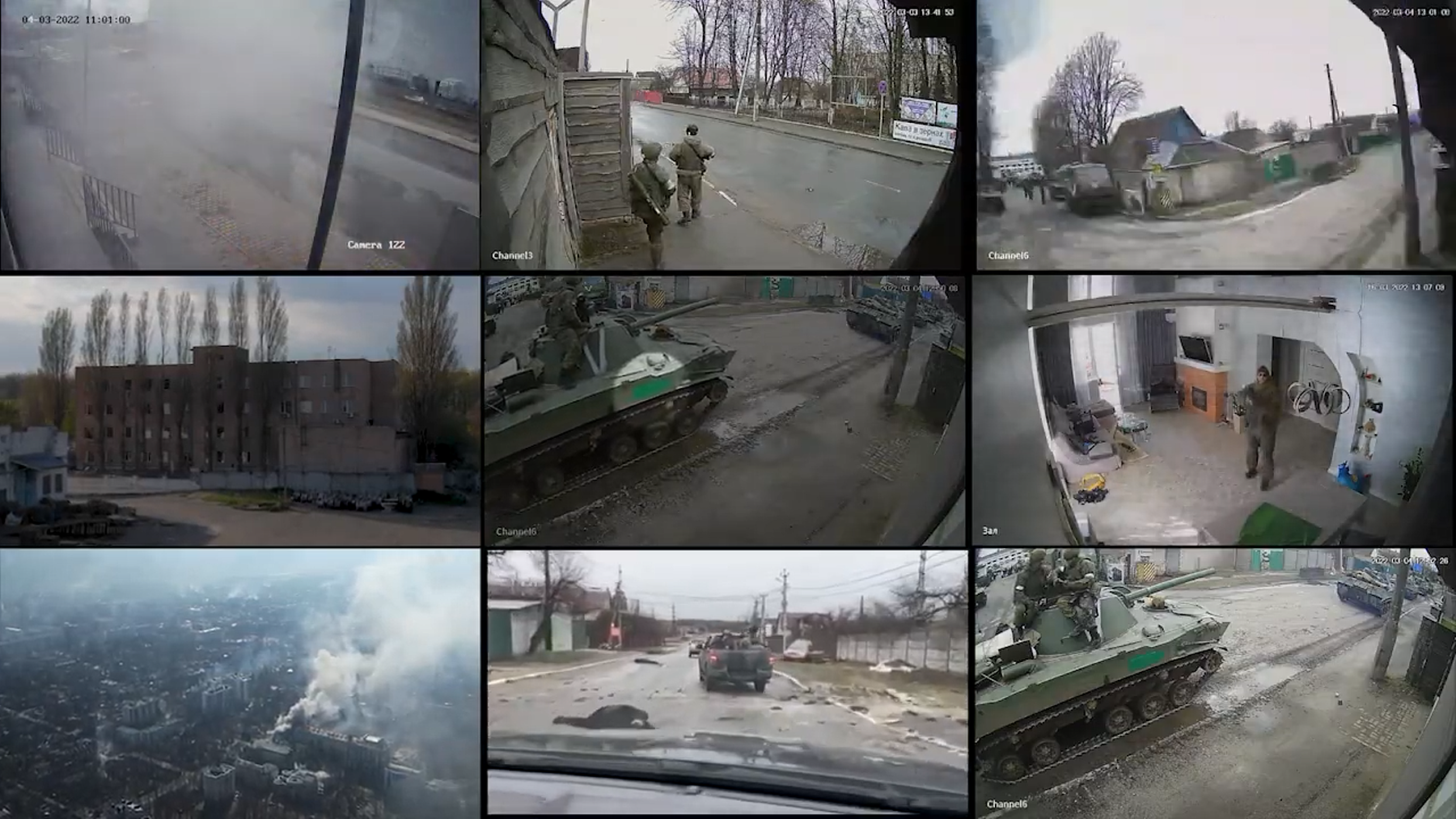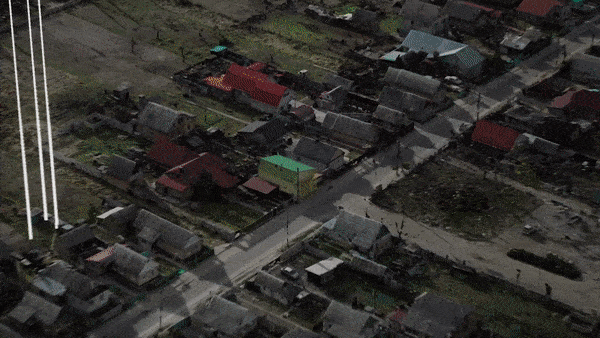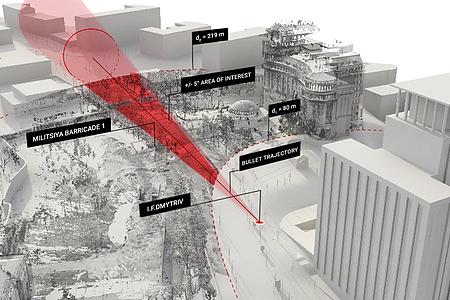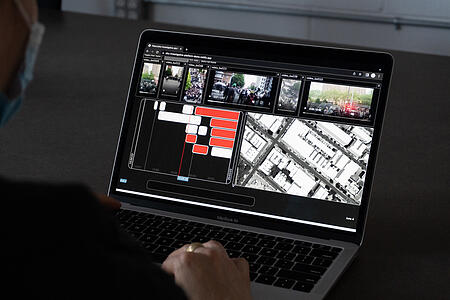Crime Scene: Bucha
A video investigation documents the alleged Russian atrocities committed during their month-long occupation in the suburban town of Bucha, Ukraine.
Collaborators:
Jon Nealon, Jus Talionis
Clients:
The Associated Press, PBS Frontline
Location:
Bucha, Ukraine
Completion:
2022
In January of 2022, the ongoing conflict in Ukraine reached a new and violent threshold as Russia mobilized a full-scale invasion. Over the course of several months, Ukrainian towns, villages, and cities would become exposed to a spectrum of human rights abuses–many of which are still being uncovered.
Russia has been accused of war crimes, crimes against humanity, indiscriminately attacking densely-populated civilian areas, and disproportionately subjecting civilians to unnecessary harm. “Crime Scene: Bucha” represents one of the many locations where work is being conducted to sort through the deluge of open and closed source evidence documenting these events and potential violations.
Located just 45 minutes away from Kyiv by car, the suburban town of Bucha would surface as a key site of concentrated violence. In late February of 2022, the Russian military’s 76th Guards Air Assault Division arrived in Bucha in preparation for what would become a failed advancement into Ukraine’s capital. When they eventually left in early April, what they left behind was evidence of a massacre, the scale of which had not previously been understood.
To analyze the scale of the atrocity, SITU Research collaborated with The Associated Press (AP), PBS Frontline, and the Ukrainian citizen research group, Jus Talionis, to document the patterns of violence that resulted in over 450 deaths during the Russian’s month-long occupation.
Led by Jus Talionis’ Evelina Nefartari, a team of four citizen drone pilots flew for weeks, extensively documenting the city of Bucha. SITU utilized this unique city-wide dataset to reconstruct a digital twin of the town, which was then layered with a range of evidence. Weaving in the voices of survivors, witnesses, and key evidence captured from hundreds of hours of CCTV footage, this concise, 15-minute video serves as documentation that not only lays bare the magnitude and horrors of these crimes, but the potential avenues for accountability.
Methodology
The virtual model of Bucha functions as an important repository for structuring the evidence and rendering visible the sequence of events that occurred across the town immediately following the Russian military’s departure in early April. The massive dataset captured by Jus Talionis necessitated a workflow that could handle this 3D information and make it possible to move between the virtual and physical worlds of the city, while situating the individual stories of witnesses and survivors on the ground.
Employing tools that have been developed for the gaming industry, such as Unreal Engine, we overlaid and closely positioned the evidence into the virtual model. For example, video footage of Natalya Vlasenko’s home was aligned in situ within the 3D model as she narrates the events of what happened to her family. Natalya’s home was located near Yablunska Street, where her grandson and husband were allegedly taken and killed by Russian fighters. Another witness testimony weaves in Ivan Skyba, a cab driver whose story of survival is one that involves moving across multiple locations in the city. Through use of a game engine, our team was able to move seamlessly between sites and stories, offering AP’s lead investigators opportunities to digitally travel through Bucha in real time and situate these accounts without the delay of traditional rendering technologies.
Another crucial element of the investigation was managing the seventy thousand pieces of video footage captured from different CCTV viewpoints of the town. After receiving a deluge of footage mid-investigation, to support and synthesize AP’s research, we set up an instance of Codec, our video management tool. Using automated scripts to chronolocate and geolocate the information from the CCTV video files, the investigators were able to collaboratively comb through the recorded footage and report on the grave sequence of events that occurred.
Pictured above is lead reporter Erika Kinetz, who also used the tool during interviews, leveraging the comprehensive coverage of the evidence database and the specificity of the manual tags and annotations to present witnesses with the relevant footage.
One particular grouping of cameras that proved to be essential for the investigative reporting was along Yabunska Street, where one private home was outfitted with six security cameras, offering a strategic viewpoint into the activities at 144 Yablunska Street, the Russian military’s main headquarters and the location of where many of the killings, capture, and torture of civilians took place.
Accountability
Bucha stands as a symbol of Russia’s egregious crimes committed in Ukraine. Currently, Ukrainian prosecutors are pursuing the commander of the 76th Division, Major General Sergei Chubarykin and senior military personnel, Colonel General Alexander Chaiko for the crime of aggression for waging an illegal war in Ukraine.
A two-part collaboration with AP and PBS Frontline, elements of this 15-minute video analysis were also utilized in Frontline’s 90-minute feature-length documentary about the ongoing war in “Putin’s Attack on Ukraine: Documenting War Crimes.” The piece was also expanded into a short 23-minute documentary and aired on Frontline on December 6 at 10/9c as part of a special hour-long series. To read more of AP’s reporting on Bucha, see “How Russian soldiers ran a ‘cleansing’ operation in Bucha,” co-authored by lead correspondent Erika Kinetz.
